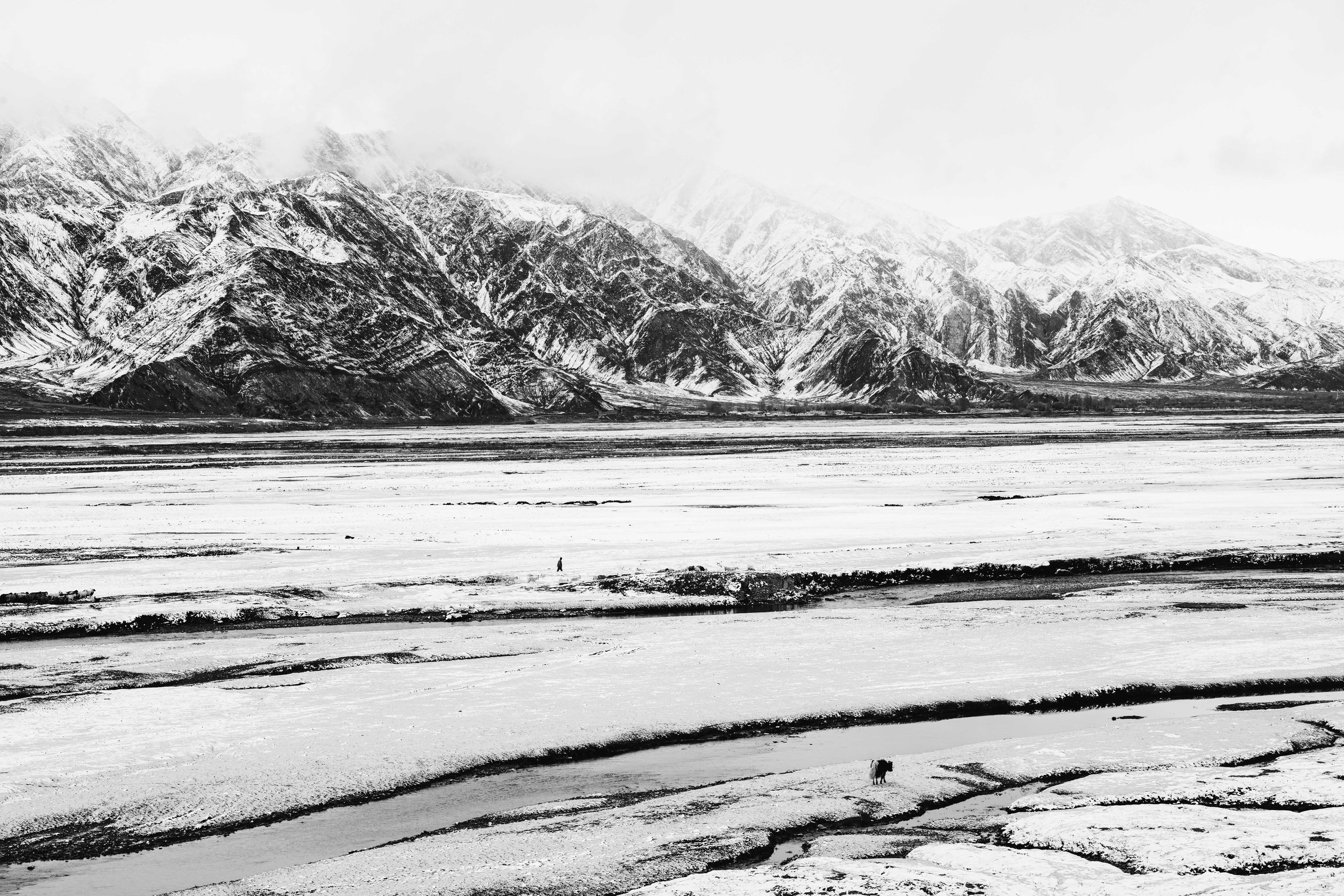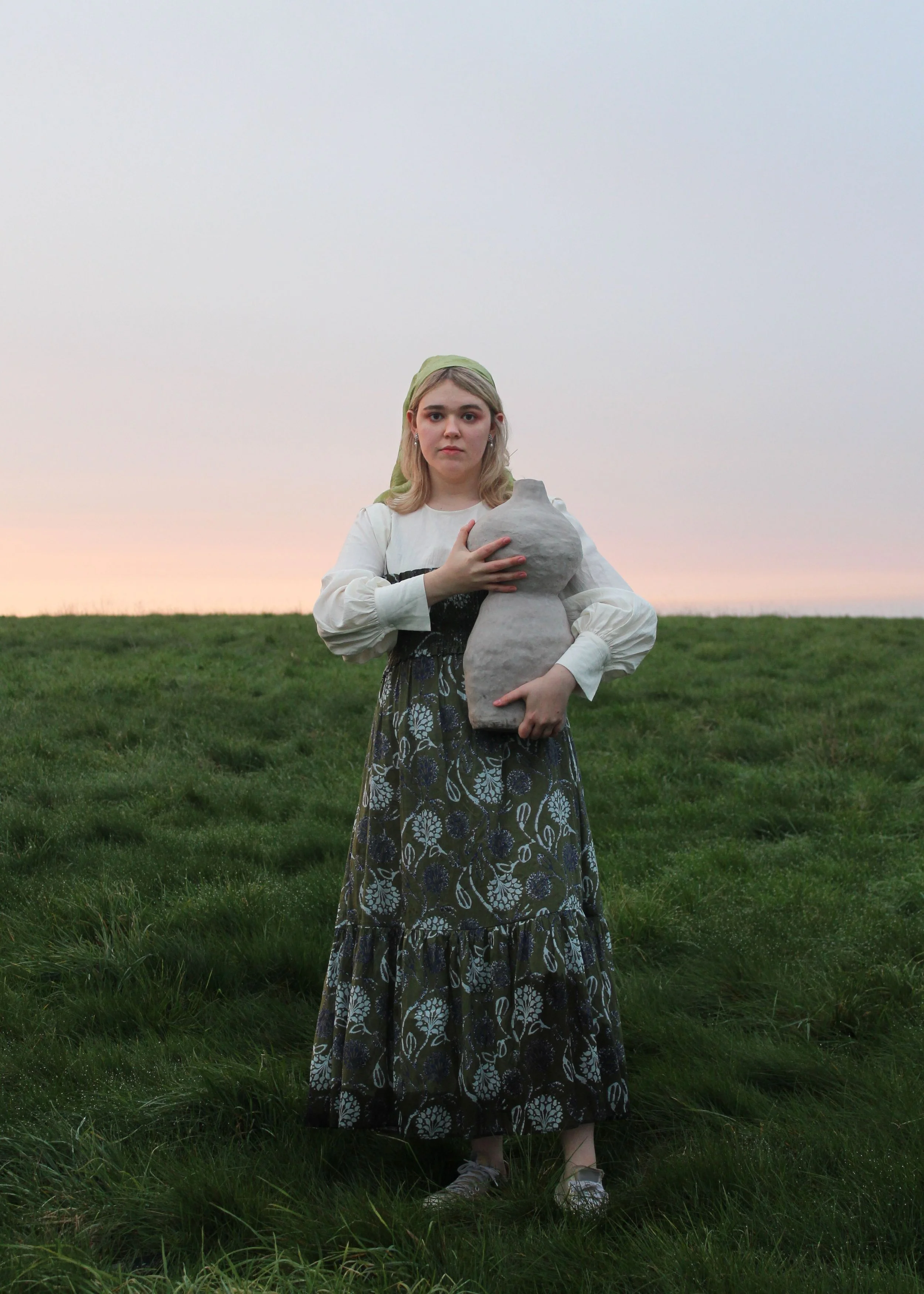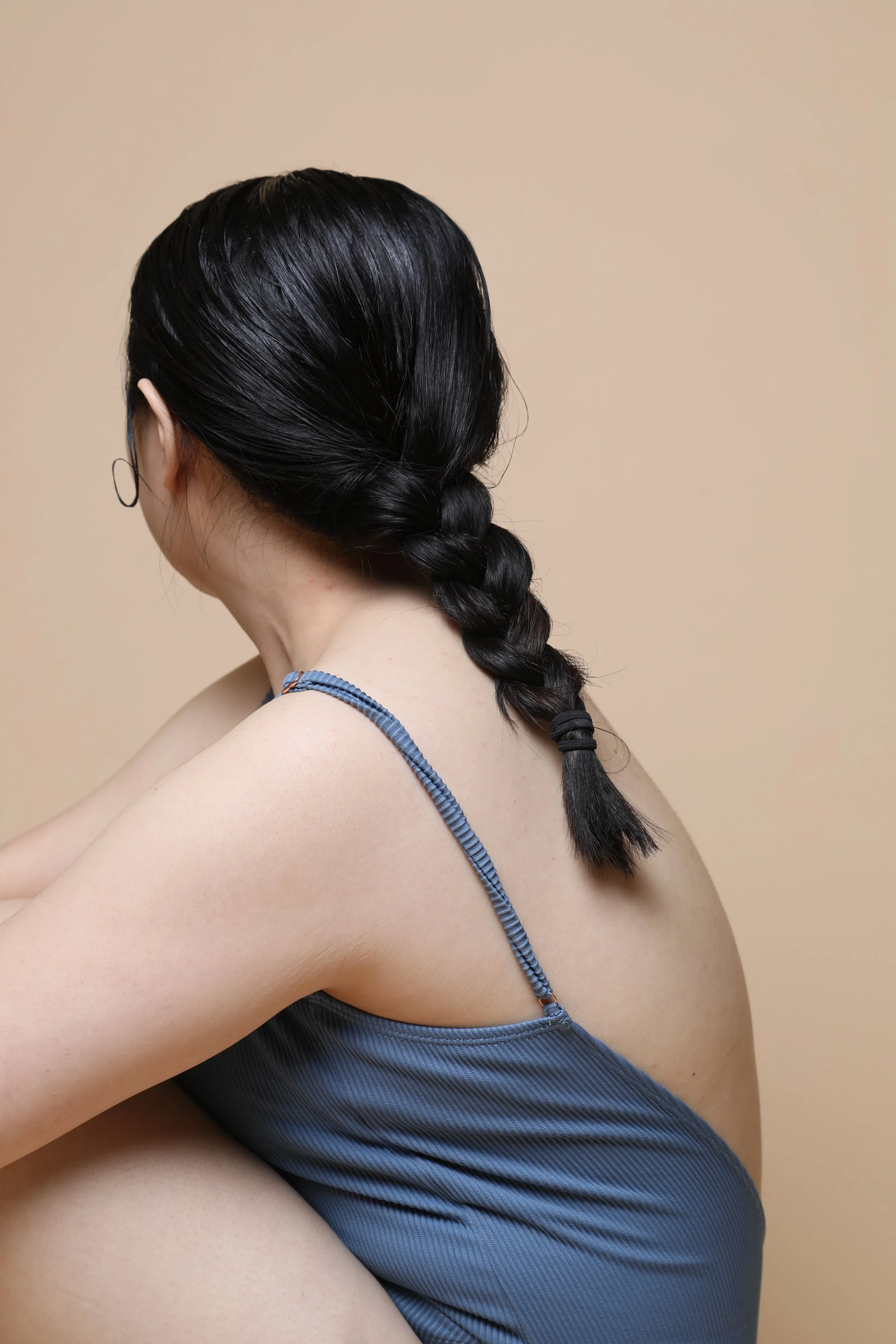10 Questions with Dave Hanson
THE ORIGINAL ISSUE10 Art Magazine | Featured Artist
Dave Hanson is an artist with a lifelong passion for the medium of photography. He is from Eastern Utah in the United States. For over three decades, his art has encapsulated an eclectic range of subject matter. He has been intrigued and inspired by everything, from the uniqueness of the human face and body to the historic footprints left by man on the land, or the beauty of the landscape throughout the United States and the world. Dave’s photographs represent the outcome of his vision as translated through the passion of his soul. He incorporates digital, film, and multiple historic alternative photographic processes to capture and create unique images that represent a collaboration between himself, the camera, and the subject, producing unique, tangible art pieces.
Since 2005 his images have been exhibited in over 120 solo and group exhibits nationally and internationally. He has been published in multiple books and magazines and has been collected by individuals and museums.
www.davehansonphotography.com
Race Tracks © Dave Hanson
ARTIST STATEMENT
Dave Hanson’s photographs are elements of his ongoing visual autobiographical journey. They are the outcomes of the variations of his thoughts and the evidence of his presence in the places he has been, the things he has seen, and the people he has experienced. They tell of brief moments in his life that he has been paused in his steps and have awakened from his visual slumber.
Change © Dave Hanson
INTERVIEW
First of all, introduce yourself to our readers. Who is Dave Hanson, and how did he become a photographer?
I'm from the western United States. I've always loved art and photography. I remember getting my first camera when I was about 7. I first got excited about being a photographer back in the 1980s after seeing an image coming up in the developer in a college photography class darkroom. Unfortunately, life got in the way, and it took me a while to get back to it.
Do you remember when you first realized you wanted to be an artist? And has anything changed in your mind since then?
I loved art and drawing as a kid, but art was never presented to me as a possible career option. Art reappeared later in my life as I realized that the rules of life are fabricated, and it was time to circle back to the place I had felt the most meaning and passion in life.
Let's talk about your work. You use different photographic techniques and processes. How do you choose them, and how much do they influence your work?
I remember reading a quote that said, those who first define a word control its reality. It seems like photography has had a history of constantly trying to define and redefine itself, depending on the gatekeepers. A lot of my photography has been trying to live within the shadows of the photographic definitions of the predecessors. I've captured and created images the way I saw them in how photography has been defined. Currently, I'm starting to redefine my photography for myself and move away from using the camera to capture what I can see, to let the camera capture and help show me things that I can't see. I experiment a lot with slower shutter speeds, moving subjects, and lighting until I get images that aesthetically connect with me. I think infrared photography was my first introduction to photography, being able to capture what is unseen by the human eye. I've always felt that there is almost a spiritual feel to infrared photography.
Snakes and Scorpions © Dave Hanson
How much planning goes into each series?
There is usually some rudimentary planning around the concept I'm interested in. But it's more like a form of visual algebra. I experiment with a couple of known factors looking for different photographic equations and outcomes.
What themes do you pursue? And what messages do you want to convey?
I've always been interested in photographing the nude. Initially, it was purely for the beauty of it. The body is the coat of our bones and the choir house of our soul and presents a unique challenge to create images with meaningful narratives. I've turned my interests towards our existence and capturing the dance's illumination between our energy and form. I think art is made when elements of passion that I create in an image connect with those of a viewer. The hard part is that I believe most viewers like to be on the safe edge of the ordinary, and only a few people will jump over the edge with you into a creative abyss.
What about your source of inspiration? Where did you get your imagery from, and is there any artist you particularly look up to?
My inspiration comes from everywhere in life. I'm constantly looking at imagery. I find images that I connect to and try to dissect why out of them. I think it's a constant journey for me, with the journey being destination. The photographers who have been the biggest inspiration are two friends and mentors, Dan Smith( North Dakota) and Richard Prehn (Utah).
Silo Trucks © Dave Hanson
What are your favorite subjects to photograph? Do you have any subject you've been meaning to picture but still haven't had the chance to do so?
I would like to get more into shooting some creative portraits. I think there is some amazing portrait work out there, past and present, and I would like to figure out my own niche and inspiration in portraiture.
How important are new technologies for your work? And how do you keep up to date with the latest trends and innovations?
Although I shoot mainly digital, I still love film. I'm kind of old school. I adapt to technology slowly, as I need it.
The Last Stand © Dave Hanson
On that note, are you experimenting with anything new these days? And what do you think of NFTs and other recent developments we have witnessed in the art world over the past year, such as digital exhibitions and online viewing rooms?
I'm not real familiar with NFTs. There seems to be an air of the future in them, mixed with the feel of a sort of Ponzi Skeem waiting to collapse. I'm waiting for someone to start selling an Omni Christ o currency you can use in the afterlife.
Lastly, what are your projects for the future? Do you have any upcoming exhibitions or long-term projects you want to share with our readers?
I've done over 140 group and solo gallery exhibitions in the US and Europe. During the height of the pandemic, most of them went online. Online gallery shows and magazines have been some of the biggest traffic drivers to my website. The internet presents a fantastic opportunity for photographers and galleries. It allows a more even playing field. I'll probably stick with experimenting with slow shutter speeds and motion for a while. There is still a lot of variables to play with. I would like to do something in the future by presenting my photographs on something other than rectangular, opaque white pieces of paper. I have a few ideas I'm starting to work on.
























